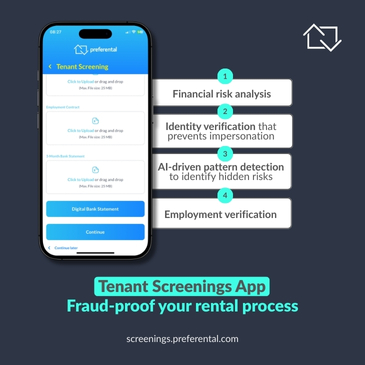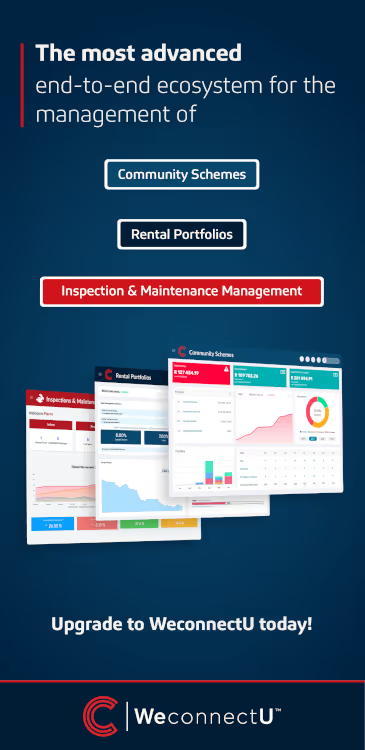1 in 4 SA Rental applicants now High-Risk, say Experts
Top 3 Takeaways
- 26% of rental applicants rated high-risk in Q1 2025 under PIE Act scrutiny.
- Low income, youth, and debt impact tenant risk more than ever.
- Smarter vetting tools outperform traditional credit scores by 94%.
A Wake-Up Call for Landlords and Rental Agents
More than one in four rental applicants in South Africa were classified as high-risk in Q1 2025, according to the latest PayProp Rental Index. This sobering data highlights the growing challenge of tenant affordability and reliability in a high-cost living environment, underscoring the need for stricter, smarter tenant vetting.
While landlords are benefiting from improved rental returns in 2025, those gains are threatened by rising tenant risk and shifting demographics.
The trend also comes under the shadow of the PIE Act, which protects unlawful occupants and can complicate eviction processes, making upfront vetting even more critical.
Why Tenant Risk Is Rising
According to PayProp’s Tenant Assessment Report:
- 26% of applicants fell into the high-risk category, up from 25% in 2024.
- Only 39.6% were rated minimum-risk.
- The remaining were distributed across low-risk (20%) and medium-risk (14.5%).
This polarisation is driven by three key risk predictors
- Income
The clearest risk indicator remains income. Among tenants earning R80,000+ per month, 60.6% were rated minimum-risk. At the lower end (R10,000–R20,000), only 23% were minimum-risk, while 37% were high-risk.
- Age
Younger tenants (ages 20–29) had the lowest share of minimum-risk ratings at 29.6%, primarily due to limited credit history and rental records. Conversely, over-60s had the highest (61.3%), thanks to financial stability and mature credit files.
- Gender
Men were slightly more likely to be rated minimum-risk (40.1%) than women (39.1%), but the difference was small. Notably, women used a smaller portion of their income on debt, improving their affordability profile despite earning less.
What This Means for Property Professionals
The findings have clear implications for landlords and agents, especially in light of legal constraints under the PIE Act (Prevention of Illegal Eviction from and Unlawful Occupation of Land Act).
Once a high-risk tenant defaults, legal recovery can become costly and prolonged. This reality makes preventative screening, not reactive management, the smarter, safer choice.
Importantly, risk isn’t always aligned with income. Many low-income applicants still have perfect rental payment records. That’s why relying on traditional credit checks, which often ignore rental history, is no longer sufficient.
PayProp reports its vetting tool is 94% more effective than traditional credit scores in predicting tenant behaviour, thanks to its integration of verified rental payment data.
Data Over Guesswork
With tenant risk increasing and affordability under strain, agents must move beyond gut instinct or generic credit checks.
The future lies in multi-source vetting, combining:
- Verified rental payment history
- Credit scores
- Debt servicing data
- Affordability insights
“The days of relying on gut feel or credit scores alone are behind us,” says André van Rooyen, Head of Sales at PayProp. “Smarter tools not only protect landlords, they also fast-track good tenants who deserve a chance, no matter their profile.”
As South Africa’s rental landscape becomes more complex, proactive, data-driven risk management is no longer optional, it’s essential.






.avif)

.avif)


.avif)

.avif)




.svg)


.avif)

.avif)







%20.avif)








.avif)
%20.avif)
